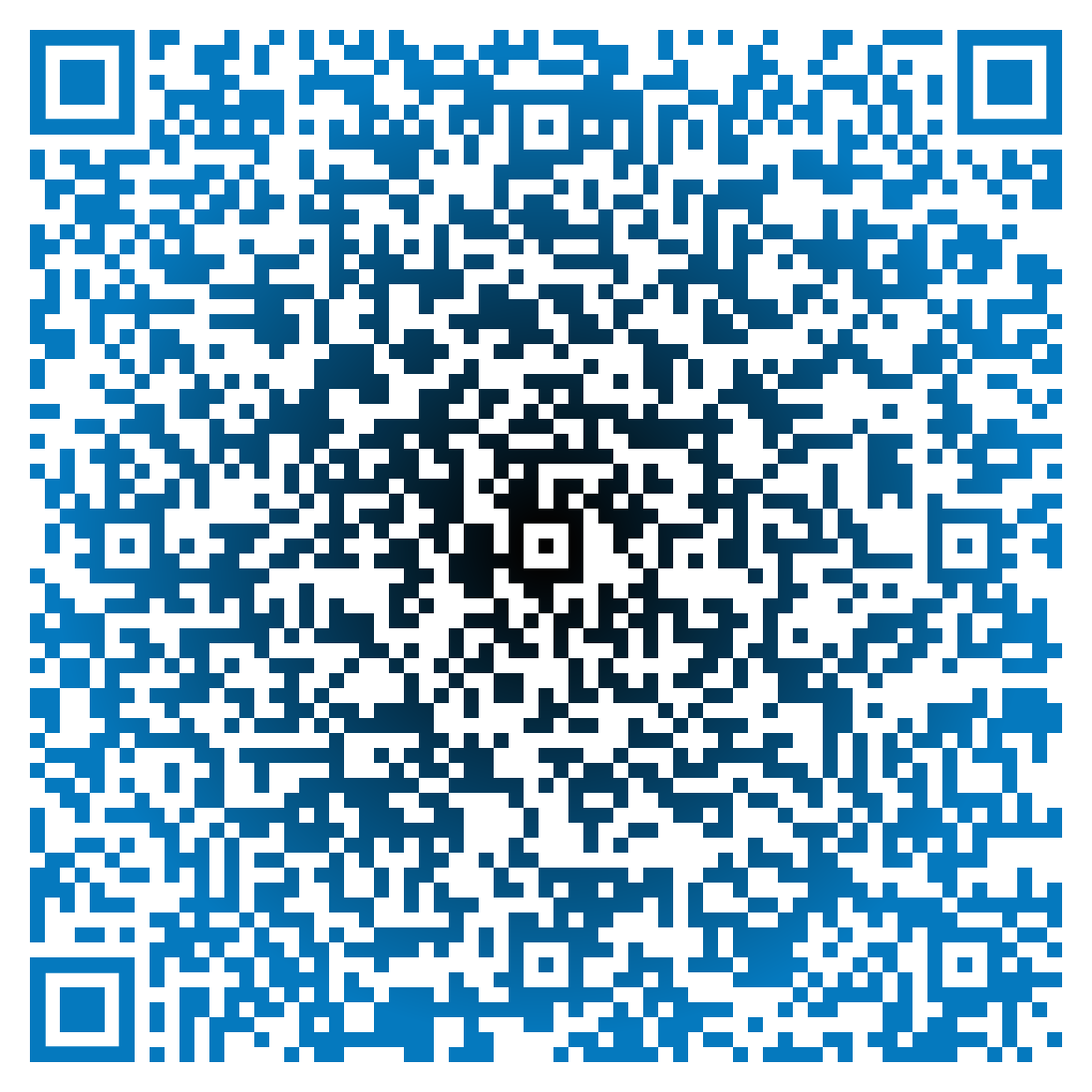… or why today’s retailers know you better than you think they do!
Retailers love life’s defining moments, especially ones that convey a significant emotional experience. College, marriage, and the birth of a new baby are all examples that signify a moment in a customer’s life when old habits may be parked and new habits formed. This possibility of creating new customer shopping habits can bring intense glee to a retailer’s heart.
Our behaviors are strongly organized around our habits, and once established they are very difficult to break. However, on the occasion of a life-changing event, all previously established patterns of behavior are now open to the potential of re-programming. The secret is knowing when to strike.
In his book, The Power of Habit: Why We Do What We Do in Life and Business, author Charles Duhigg explores how habits are created and how retailers use the science of predictive analytics to identify the most opportune moment to hit the customer … right before a habit is formed.
It’s no secret that we live in a time when gigabytes of information are gathered about us from every possible source. What we buy, watch, listen to, read, or search for online is all stored in massive data banks, just waiting for a computer algorithm to detect even the tiniest patterns. In his book, Duhigg relates how the giant retailer Target collects purchase data on its customers and is able to predict when they may be approaching a significant life milestone. In the case of pregnancy, it was noted that moms to be stocked up on typical patterns of vitamins, unscented lotions, and handy wipes. In fact, Target identified 25 specific items that, when bought in certain combinations and at certain times, could be combined to create a pregnancy prediction score with a highly accurate due date window.
Before you knew it, the baby product coupons would start arriving in the mailbox.
Because all of this data was keyed to a specific consumer “guest id”, Target had high confidence to engage the customer in a targeted marketing campaign. Before you knew it, the baby product coupons would start arriving in the mailbox. The problem was that if the only thing the mom to be received was coupons and incentives for baby products, this would often creep her out and make her highly suspicious. “How do they know I’m pregnant?” would be the first question in her head. Target got around this by mixing the baby coupons with other household ads in the targeted mailer. As long as they didn’t feel they were under covert surveillance, the new mothers bought the products offered in the personalized, targeted mailer.
Of course, Target is not the only retailer with a predictive analytics team. Other retailers, big banks, and even presidential election campaigns have predictive analytics units. There are even entire conferences dedicated to the science. It is once again sexy to be a statistician!
What’s the takeaway?
Predictive analytics is about identifying a trigger event. In the above example, the event is pregnancy and childbirth, but other well-known examples include:
- Housing starts mean new furniture purchases
- The impending first blast of winter means snow tire purchases
- And an approaching hurricane means that Wal-Mart and Home Depot better stock the shelves with essentials
By identifying their trigger events and then getting in front of that curve, a savvy marketer will be able to capitalize on the buying moment BEFORE it arrives.
![]()
